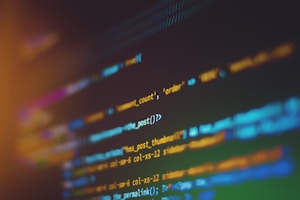Patches are useful security upgrades that have been known to be responsible for keeping information systems alive and running. These patches are usually released by developers and other software designers responsible for keeping the applications performing as they would be expected. These patches are released to seal security gaps that have been left in a previous release of the application that was used on the system, and as bugs get to be discovered, they are patched up, and a single patch can be able to correct the issues or defects in the software application as well as make sure that the system is kept alive for much longer.
Systems will also pass information from the users to online servers, and all these sections and components of the software application will need to perform flawlessly. Without this, the security of the information being passed over the system cannot be guaranteed. The information system users will be exposed to security risks that are very dangerous for modern information systems. Additionally, the patches also provide for a flawless performance of system applications, and the software systems can keep performing for extended durations without any loss in performance. The information system users will rely on the patches to keep themselves alive and safe, and any performance issue or loophole will have been fixed with the update.
Systems are also kept alive by patches that are released in good time. Before the system’s flaws can develop into serious issues, they will already have been taken care of and sealed over before they can bring about any further damage to the system. A system that stays alive for longer will also be more likely to provide better services to the people charged with making use of it, and the patches will be a powerful means of proofing the application and the system from failure. This protection, especially for young systems, is responsible for keeping them alive until they are matured enough to have a stronger codebase that performs better and can sustain itself.
Hackers and other criminals will try to create exploits for vulnerable systems before any patches are released to the user, which is why the developers are always working to push the most critical software updates first before anything else. Secondly, the hackers will have been locked out by these critical updates, mainly system patches and software updates to the software application. There will be fewer chances of a successful hacking attack for a system that has been configured to receive and install security updates as soon as they are available, and the guards will always be raised for these systems.
In conclusion, software patches and updates are important for sustainable systems and keeping the information systems alive and actively running and secure from hackers and other external kinds of attacks. The information systems also get to run much better and more securely with the patches coming in from the developers and fixing up all the system’s security and performance vulnerabilities.








